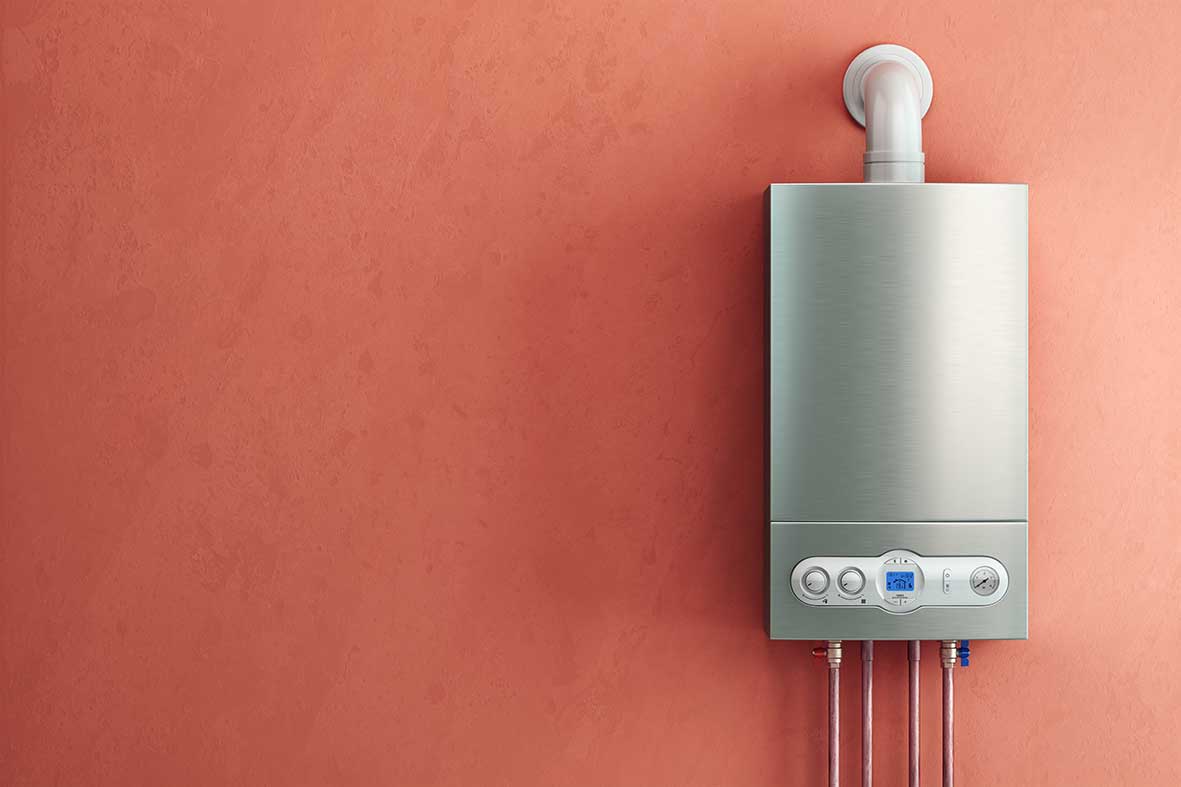Boiler how-to
How to diagnose common boiler problems
12 Apr 2017 • 4 minutes


Your hot water and central heating are entirely reliant on your boiler, making it the nerve center of your home.
While complete boiler failure can appear serious, there are many possible causes.
We’ve outlined some common problems and tips on what to do when your boiler breaks, and how to get it up and running again.
If your boiler shuts down, follow this checklist to determine the problem.
Check the boiler and controls for any lights or displays, if blank then check other power supplies within your home. If found working then check your consumer unit, check if fuses/trip switches have failed/tripped and reset accordingly. If this has failed to work, check the appliance fuse – this will be a 3 amp fuse within a 3 pin plug or fused spur, and replace as necessary (do not replace with a higher rated fuse or further damage to your appliance may occur).
If this fails to repair the fault please contact your local qualified electrician or GasSafe® Register engineer.
If you think you can smell gas it’s important that you contact the Gas Emergency Service Provider on 0800 111 999.
If the gas emergency control valve (located adjacent to your gas meter) is on but no gas is present, you’ll need to contact your Gas Emergency Service Provider on 0800 111 999.
If you live in a Flat/Apartment you may have an additional emergency control valve, this will be found where the gas supply enters the property – check if it’s in the on position.
If the supply has been disconnected for a safety reason, follow the guidance issued on the warning notice left by the GasSafe® Register engineer.
If you have an oil boiler, read the sight level gauge or heating oil tank gauge located adjacent to the oil tank, or check the remote oil level sensor plugged into the property electric supply and linked wirelessly (sonically) to the tank, and check that there’s enough oil in the tank.
If the pilot light has gone out, follow the relighting instructions from your manufacturer. These are often printed on the boiler door, near the pilot light, on the front panel of a boiler; or in your boiler instruction booklet.
You’ll need to:
If your boiler model doesn’t have a pilot light, press or activate the reset button, advice on where this is and how it operates will be found within the manufacturer’s instructions.
Remember, you should never attempt to dismantle your boiler or alter it in any way. If you can’t relight the pilot light you will need to call a GasSafe® Register engineer.
Is your boiler central heating thermostat in the ‘on’ position? If not turn it up. This thermostat controls the water flow temperature in the central heating system and located on the appliance fascia.
There are a number of differing versions of room thermostat in use, simply broken down into analogue (usually wired) or digital (wired or wireless).
Try firing up your boiler by setting the thermostat higher than the current room temperature.
If your room thermostat is digital check the display, if it appears dim then new batteries may be needed, if replacing the batteries, please follow the instructions supplied with the unit.
Programmers or Timers are either electronic digital or analogue. They normally supply varying degrees of control, either off, timed or on constantly, if your boiler fails to operate then put the programmer into the constantly on mode. If the boiler now works the programmer may be faulty or the settings need changing.
Check that the pressure is set to the manufacturer’s instructions; this should be approximately one bar. If the gauge indicates a pressure lower than one bar it may need topping up, this can be done using the appliance internal filling loop or an external filling loop fitted by your installer normally adjacent to the boiler.
If you’re still having problems, here’s what to do if your boiler breaks down.
Our help & advice articles cover Plumbing, Home heating, Electrical, Energy-saving and Home maintenance.